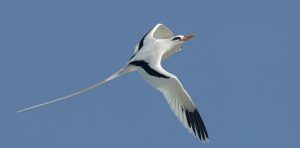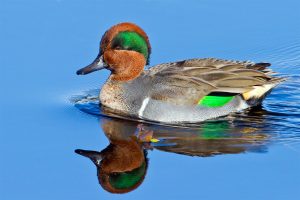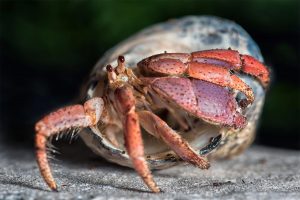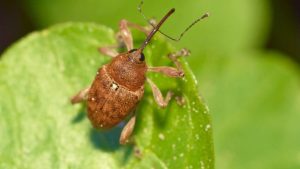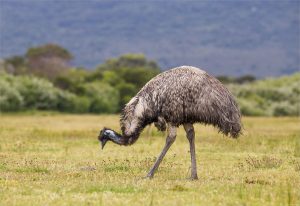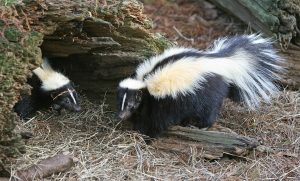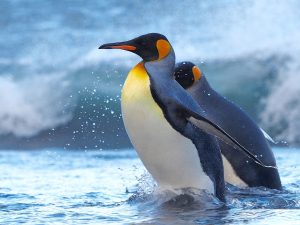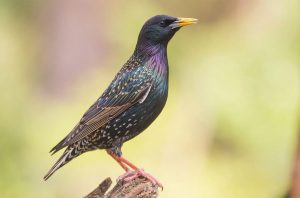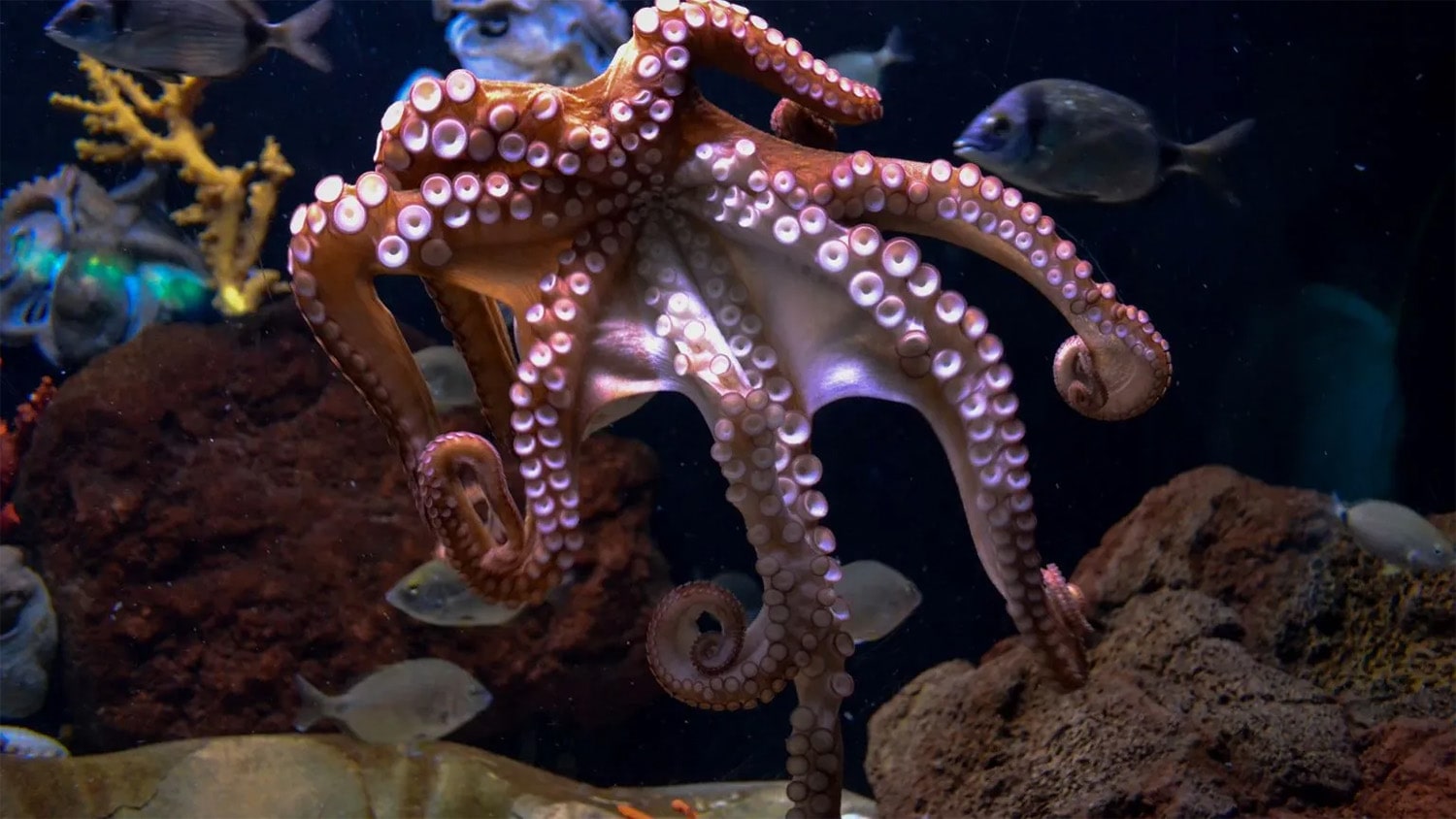
37 interesting facts about octopuses
- 👁️ 1626
Octopuses are among the most fascinating and intelligent creatures in the ocean. These mysterious beings have captured the imagination of scientists and ocean lovers alike with their complex behaviors, remarkable adaptability, and eerie beauty. With their soft bodies, octopuses can squeeze through tight spaces, and they are known for their ability to change both color and texture to blend into their surroundings. These creatures have been observed using tools, solving puzzles, and escaping from enclosures, which points to a level of intelligence that is uncommon among invertebrates. Here are 37 interesting facts about octopuses that delve deeper into their unique biology and astonishing capabilities.
- Octopuses have three hearts—two pump blood to the gills, while the third pumps it to the rest of the body.
- They have blue blood due to a copper-rich protein called hemocyanin, which is more efficient at transporting oxygen in cold and low-oxygen environments.
- An octopus can regrow its arms if lost to predation or injury.
- They are known to have short lifespans, with some species living as little as six months.
- Octopuses are highly intelligent; they can navigate mazes, solve puzzles, and use tools.
- The plural of octopus can be octopuses, octopi, or octopodes.
- They have a central brain and a small brain in each of their eight arms.
- An octopus’s garden is a term that refers to the area outside the den where the octopus collects shells and other objects to create a fortress.
- The mimic octopus can imitate other sea creatures like flatfish, lionfish, and sea snakes to avoid predators.
- Octopuses can eject a thick, blackish ink in a large cloud to aid in escaping from predators.
- They have a beak that is the only hard part of their body, making it possible to squeeze through tight spaces.
- Their suckers are extremely powerful and sensitive enough to detect changes in water pressure and taste.
- Octopus arms are somewhat autonomous, which means they can continue to react to stimuli even when detached from the body.
- Female octopuses lay about 200,000 eggs; they guard and care for them until they hatch, after which the female often dies.
- The largest species known is the giant Pacific octopus, which can weigh more than 150 pounds and have an arm span up to 30 feet.
- They can change color and texture to blend into their surroundings, a capability provided by specialized skin cells called chromatophores, leucophores, and iridophores.
- Octopuses are carnivores, preying on crabs, shellfish, and fish.
- Some species are venomous, but only the small blue-ringed octopus is deadly to humans.
- The nervous system of an octopus is spread out; more than half their nerves are distributed through their arms.
- Octopuses are considered the most intelligent of all invertebrates.
- They are known to practice a form of arm wrestling when confronting competitors or potential threats.
- Octopuses have been observed using coconut shells and shells to hide from predators, effectively using tools.
- They have no internal or external skeleton, allowing them to contort their body in nearly any shape.
- Octopuses can perform jet propulsion by sucking water into their bodies and expelling it forcefully through a funnel.
- Each sucker on an octopus’s arm can taste and smell.
- They are generally solitary creatures, only coming together to mate.
- The smallest known octopus is the Octopus wolfi, which measures only an inch and weighs less than a gram.
- Their saliva contains a toxin that helps to subdue prey.
- In captivity, octopuses have been known to escape from their enclosures and even enter other tanks to feed before returning to their own.
- They are bilaterally symmetrical, which means their left and right sides mirror each other.
- The oldest octopus fossil is from a creature that lived 296 million years ago.
- Octopuses have a very efficient way of moving called crawling, which uses less energy compared to swimming.
- Males die a few months after mating, making the lifespan of most octopus species short and focused on reproduction.
- They can alter the RNA, which is believed to be a reason for their behavioral flexibility.
- Some octopuses build stone dens on the ocean floor, which they return to after hunting.
- Octopuses have been observed engaging in what appears to be playful behavior, such as blowing jets of water at floating objects.
- Their arms contain two-thirds of their total number of neurons, reflecting the importance of touch and movement in their lives.
Octopuses are truly remarkable creatures that continue to amaze and mystify with their behaviors and capabilities. Their ability to adapt, learn, and interact with their environment in complex ways makes them a fascinating subject for study and highlights the incredible diversity of life forms in our oceans. The study of octopuses not only expands our understanding of biology but also challenges our views on intelligence and consciousness. Their short yet vibrant lives remind us of the myriad ways life adapts and thrives under the sea.

